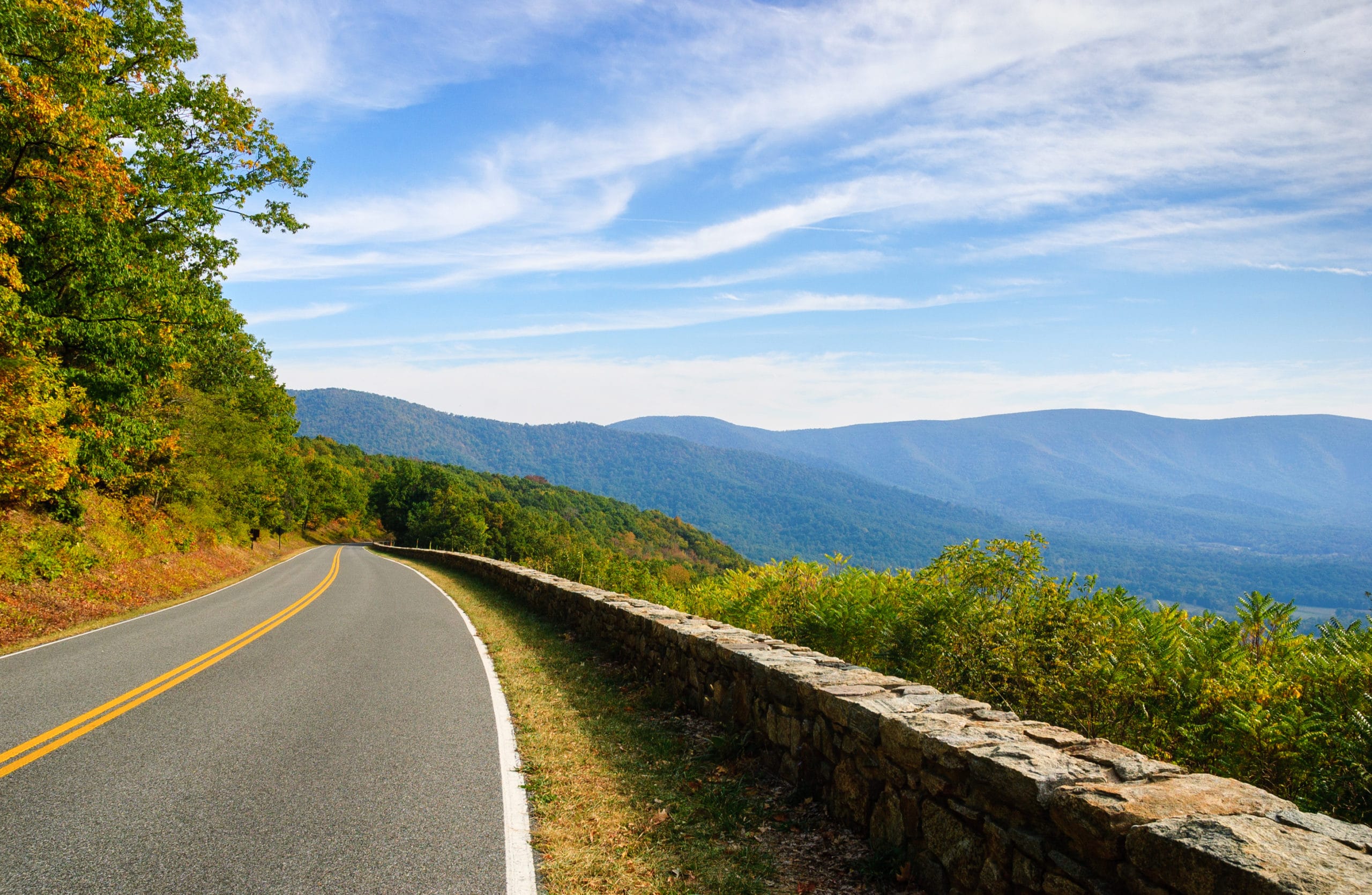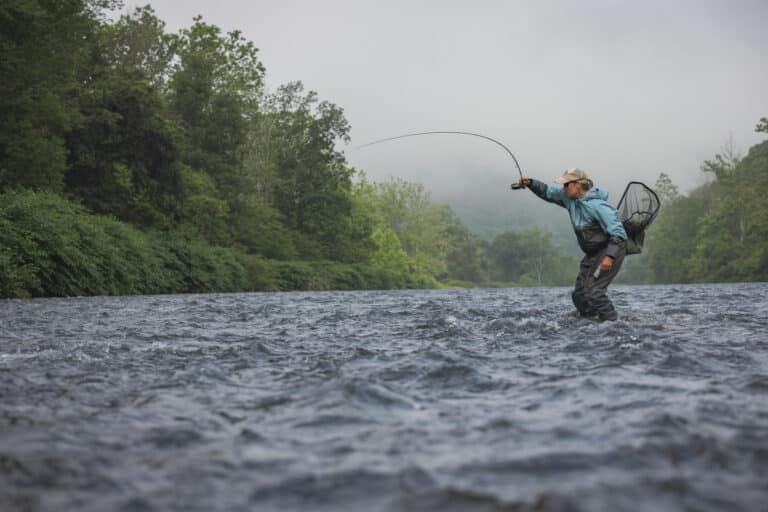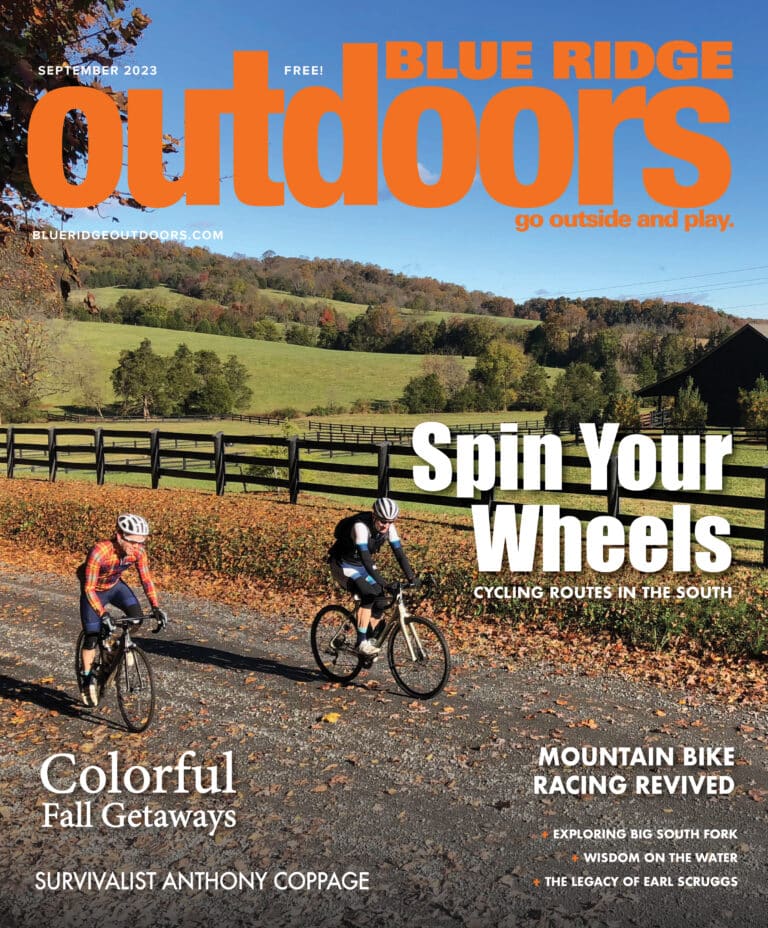Access to public land is the birthright of every American. Our parks, monuments, forests, and wildlife refuges offer places for respite, for recreation, and for the remembrance of the challenges and opportunities we’ve faced as a nation. As a common good, they’re also an exercise in humility, requiring us to make responsible decisions about how we’ll manage these precious natural resources for future generations.
But the current pandemic has put increased pressure on those resources and all the communities that rely on them for clean water and tourism dollars. While getting into the outdoors can be a true escape, a wonderful antidote for cabin fever, and a chance to reconnect with nature, it can also put a terrible strain on gateway communities and the resource we’re trying to protect. In fact, wear and tear has long been a problem for our public lands, most acutely in our national parks, where the deferred maintenance backlog approaches $12 billion.
Cabin fever, outdoor access, the common good, an increasingly untenable maintenance backlog: it would be impossible to say what exactly was on the minds of Members of the House of Representatives as they approved the Great American Outdoors Act in late July by an astounding 310-107 margin. Even so, one could speculate that our current crisis has sounded the alarm for how critically important it is to promote better outdoor experiences today while ensuring that future generations will have the same special places to enjoy tomorrow.
The Great American Outdoors Act is a historic achievement. It’s also incredibly popular. Having passed the Senate by a margin of 73-25 last month, it continues to enjoy wide community support, and was signed by Trump into the law of the land. Many issues run out of time in D.C., falling victim to partisan bickering and grinding to a halt, but thankfully investing in greater access to wild, natural, and green spaces isn’t one of them.
The bill itself is a marvel written in two movements. Its first part permanently dedicates $900 million of oil and gas revenues each year to the Land and Water Conservation Fund (LWCF). This program is used by the federal land management agencies to expand public lands for purposes of recreation, while supporting a number of conservation programs, like the U.S. Forest Service’s Forest Legacy Program which incentivizes private landowners to adopt sustainable management practices rather than convert their land to non-forest uses. It also provides grants to states so that they may develop more local parks and playgrounds.
This last point is an important one, as questions of privilege have always beset conversations about who defines “authentic” outdoor adventure-making, and who (particularly in times of crises) should benefit from access to green space. This bill ensures that people stuck in cities have access equitable to those who can afford to escape them. By conserving green space in urban areas, the bill strives for equity in access, and helps ensure that low-income communities can just as easily benefit from nature as those communities who can more easily escape to distant landscapes. Critically, as a source of employment, it also assists smaller, rural communities in recovering from the current economic downturn.
In the South, LWCF funds have expanded state parks, protected coastal wetlands and marshes, secured more land for some of the most visited national forests in the country, and enhanced access to the Ocoee River, a popular whitewater destination.
The second part of the Act commits nearly $10 billion over the next five years to address the maintenance backlog in our national parks. These funds will be used to address crumbling infrastructure and the deterioration of other visitor experiences in places like the Great Smoky Mountains National Park, which, as the most popular national park in the United States, has been loved to death to the tune of $233 million in deferred maintenance.
They’ll also help the Park Service to fix up Shenandoah Park’s Skyline Drive, the Big South Fork National River and Recreation Area, and the Selma Interpretive Center at the foot of the Edmund Pettus Bridge.
Our national parks and public lands support the economies of our local communities while preserving sensitive ecosystems and habitats from over development. They also provide outstanding recreational opportunities — not just for tens of millions of outdoor recreation enthusiasts, but for countless people who simply need a break from being stuck at home and want to take a walk along a trail by a nearby river, never considering that they too are “conservationists.” It’s past time we devoted the appropriate resources to their upkeep.
Mr. Reynolds is Federal Legislative Director for the Southern Environmental Law Center’s National Forest and Parks Program.
Photo: Shenandoah National ParkShenandoah National Park courtesy of Getty Images by zrfphoto








